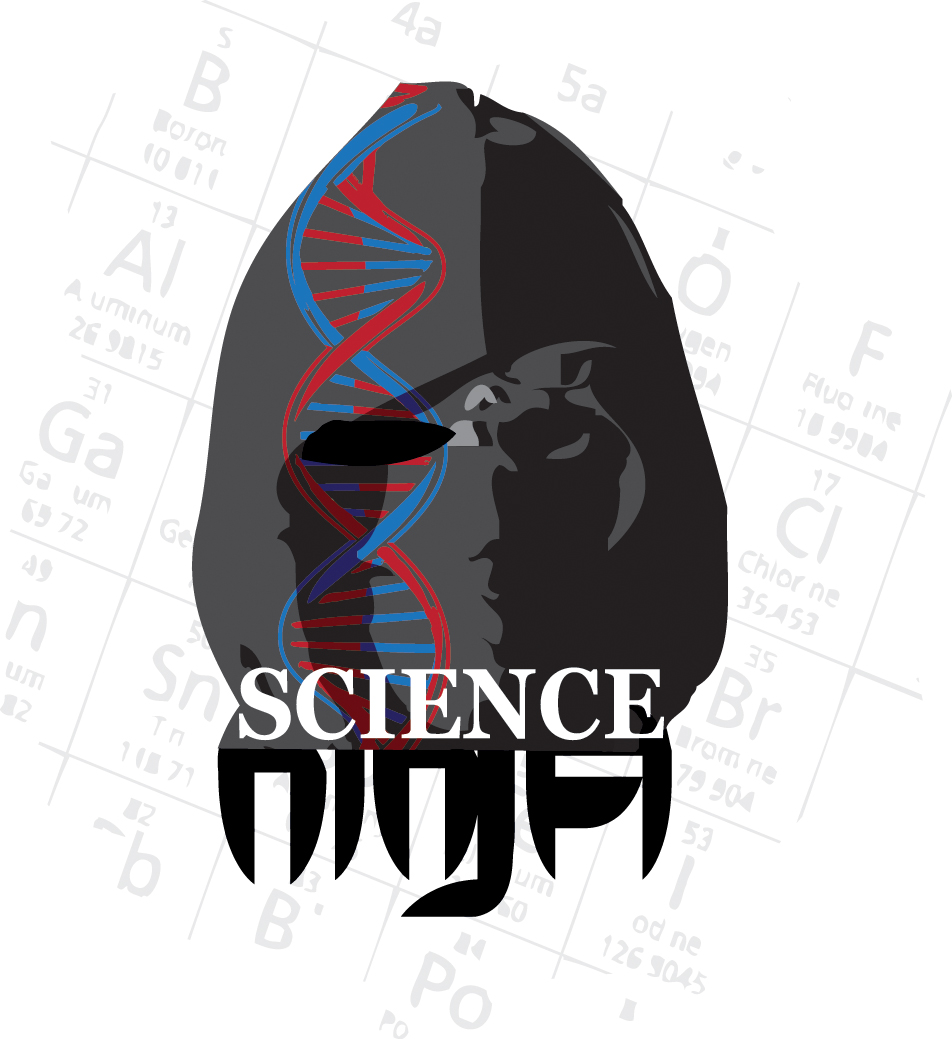Lake Ellsworth in West Antartica has never been seen by human eyes. Radars estimate that it is around 10km long and several tens of metres deep. And it continues to flow despite the fact that it is buried beneath 3.4km of Antarctic ice because its liquid state is maintained by geothermal heat from below the Earth’s crust.[i]
The sub-glacial lake is one of over 360 in Antartica that has been isolated from the world for more than half a million years. During that time it is likely that life has evolved in the lake to exist in total darkness, with low nutrient levels, high water pressures, sub-zero temperatures and isolation from the atmosphere. That is, there could be unique biological habitats in Lake Ellsworth - and elsewhere in Antarctica - unlike anything the world has even known before.[ii]
 |
| Bacterial mounds known as strombolites (shown above) have previously been discovered in Antarctica’s Lake Untersee. |
In December 2012 a team of British scientists and engineers will use a hot water drill to bore through the 3km sheet of solid ice to reach the buried lake. Once the hole has been bored, a titanium probe will be lowered to take samples of water and sediment, which it is anticipated will contain previously unseen forms of microbial life. The team expects to find evidence of viruses, bacteria, archaea and eukaryotic organisms.[iii]
“Finding life in a lake that could have been isolated from the rest of the biosphere for up to half a million years will tell us so much about the potential origin of and constraints for life on Earth and may provide clues to the evolution of life on other extra-terrestrial environments,” says David Pearce, science coordinator at British Antarctic Survey, one of the organsations leading the expedition in collaboration with the United Kingdom’s National Oceanography Centre, the British Natural Environment Research Council, several British universities and a number of glaciologists, microbiologists, engineers, logistics managers divided into science, engineering and support teams.[iv][v]
The discovery of previously unknown organisms represents an incredible opportunity for biological research that could have potential applications within the biomedical and medical spheres. Yet even if no life is found in the lake, the scientific community still stands to benefit, says Pearce.
“If we find nothing (it) will be even more significant because it will define limits at which life can no longer exist on the planet.”[vi]
Such information could also help guide our search for life on other planets.
The sediment that is to be extracted from the bed of Lake Ellsworth is also likely to hold clues that will help uncover the state of our past climate. Knowing the climactic state of the planet in past ages will afford scientists a clearer picture of how the earth’s climate has changed since then to the present day, and thereby enable them to better predict the direction in which it is heading.
Timing will be crucial for the expedition, with the hole bored into the ice beginning to freeze over as soon as it is drilled, and freezing completely shut within 24 hours.
References
[i] Mulvaney, K. (2011) “Hidden Antarctic lake may host mystery life.” http://news.discovery.com/earth/hidden-antarctic-lake-111017.html (Accessed 31 December 2011).
[v] Chestney, N. (2011) “Buried Antarctic lake could hold vital climate clues.” http://www.reuters.com/article/2011/10/10/us-antarctica-lake-climate-idUSTRE79964Y20111010 (Accessed 1 January 2012).
[i] Mulvaney, K. (2011) “Hidden Antarctic lake may host mystery life.” http://news.discovery.com/earth/hidden-antarctic-lake-111017.html (Accessed 31 December 2011).
[ii] Ibid.
[iii]Chestney, N. (2011) “Buried Antarctic lake could hold vital climate clues.” http://www.reuters.com/article/2011/10/10/us-antarctica-lake-climate-idUSTRE79964Y20111010 (Accessed 1 January 2012).
[iv] (2012) Subglacial Lake Ellswoth, Antarctica, “About the Lake Ellsworth teams.” http://www.ellsworth.org.uk/teams.html (Accessed 1 January 2012).
[v] Chestney, N. (2011) “Buried Antarctic lake could hold vital climate clues.” http://www.reuters.com/article/2011/10/10/us-antarctica-lake-climate-idUSTRE79964Y20111010 (Accessed 1 January 2012).
[vi] Ibid.
[vii] Image from: Wiltze, A. (2011) “Antartic Lake Hides Bizarre Ecosystem.” http://www.wired.com/wiredscience/tag/microbes/ (Accessed 1 January 2012).
